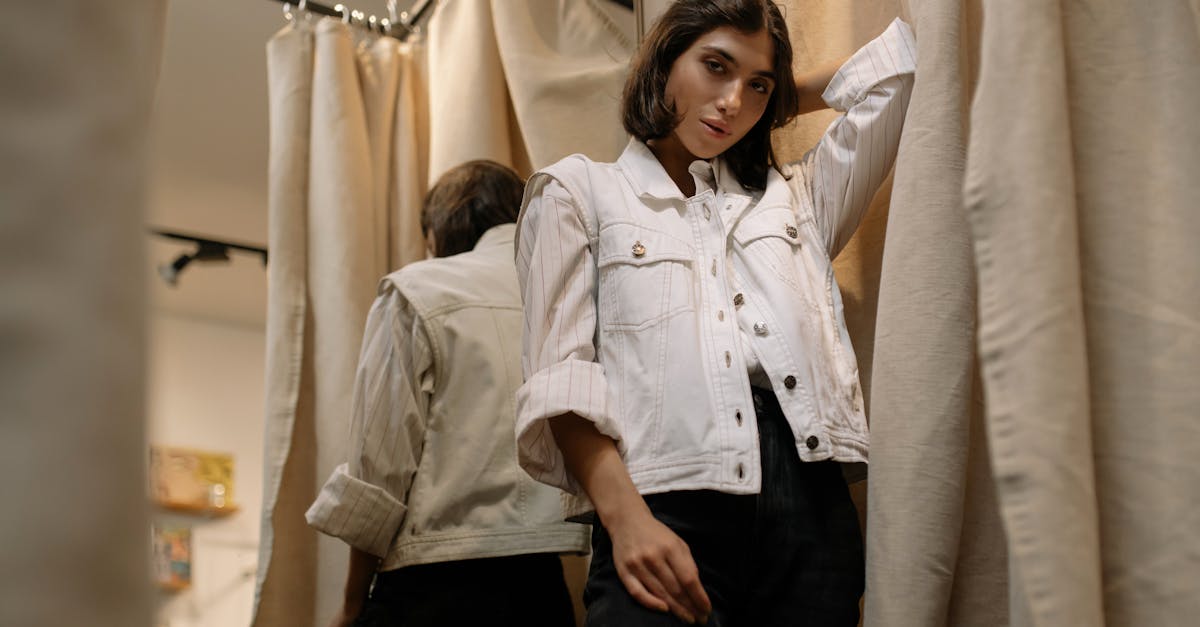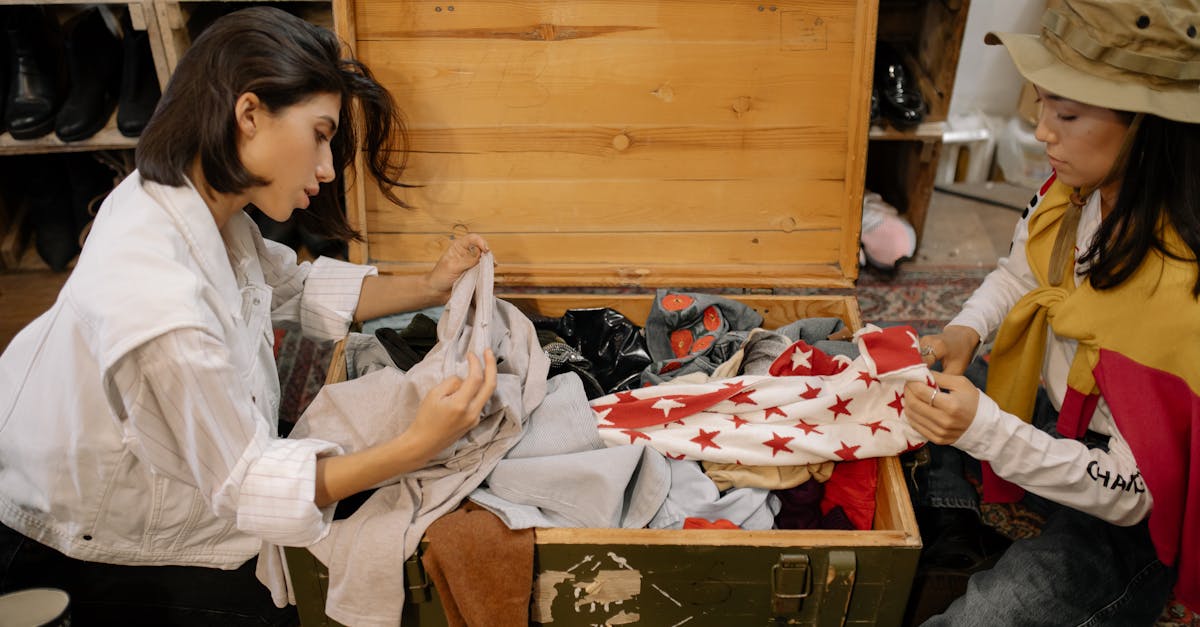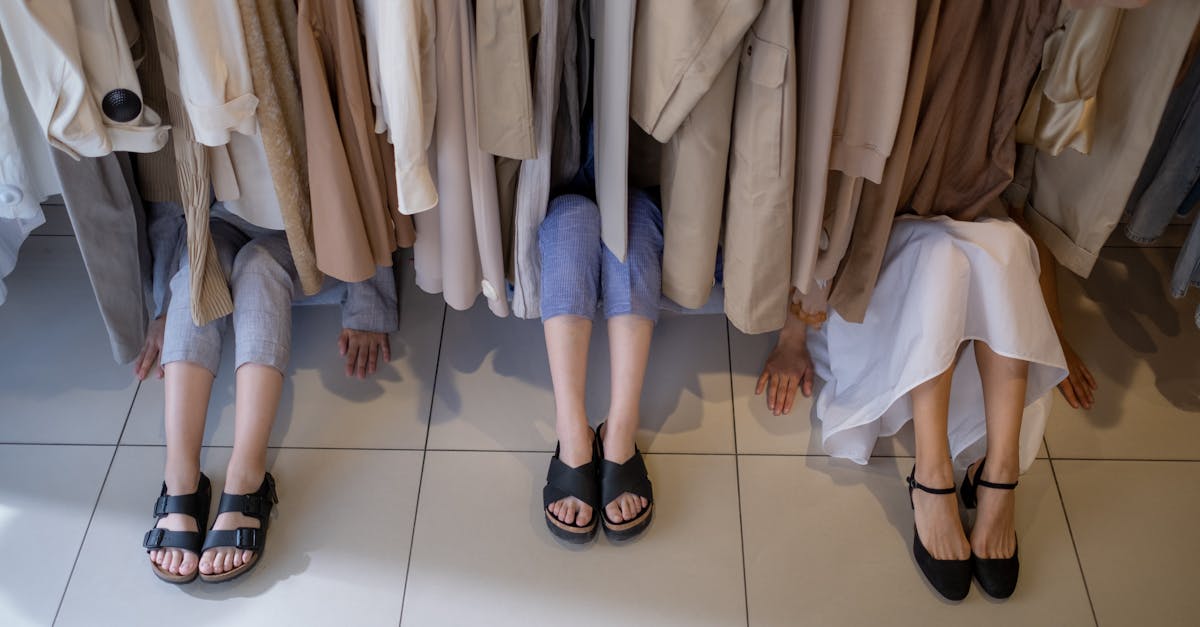Thrift to Trendy Secondhand Fashion Becomes a Luxury
Introduction
The realm of fashion has seen a remarkable shift in recent years, with the rise of secondhand shopping. What was once seen as a necessity for the budget-conscious, has gradually transitioned into a preference among fashion aficionados. Secondhand fashion’s ascent from thrift store racks to high-status staples in upscale wardrobes is a testament to changing consumer attitudes. As society becomes increasingly sustainable, this shift not only redefines style but also contributes to environmental well-being. Luxury brands are taking note, incorporating vintage elements into their collections. This metamorphosis from thrift to trendy marks a new chapter in the fashion narrative.
Advertisement
Changing Consumer Mindset
Modern consumers are more discerning, valuing sustainability and individuality over sheer brand power. The trend towards minimalism and conscious consumption has catapulted secondhand fashion into the mainstream. Beyond affordability, shoppers are driven by the thrill of discovering unique pieces with a story. Packed with character and history, each secondhand item offers a narrative that new luxury cannot replicate. The desire to contribute to a circular economy aligns with ethical consumerism, empowering individuals to show style without sacrificing their principles.

cottonbro studio/Pexels
Advertisement
The Role of Technology
Technology has played a pivotal role in transforming secondhand fashion into a trendy movement. Platforms like Depop, ThredUp, and The RealReal have revolutionized how consumers engage with pre-loved garments. By offering vast selections and user-friendly experiences, these online marketplaces make buying and selling secondhand fashion both convenient and appealing. Additionally, advancements in AI are enhancing the matchmaking process, ensuring buyers find pieces tailored to their tastes, while sellers effortlessly reach a broader audience. Social media further fuels this trend, where influencers and celebrities showcase thrifted looks, inspiring millions.
Advertisement
High Fashion Takes Notice
Luxury brands that once determined style paradigms are now integrating vintage into their offerings. Iconic houses like Gucci and Prada have launched initiatives to revitalize old collections. By showcasing that exclusivity can be derived from rarity and history, these brands redefine luxury. Collaborations with secondhand platforms enhance their sustainability clout, adding to their fashion credentials. This validates the transition of secondhand fashion from niche to noteworthy, creating new pathways for illustrating luxury’s evolving definition.
Advertisement
The Sustainability Perspective
The environmental impact of fast fashion is no secret, with apparel waste reaching alarming levels worldwide. Secondhand fashion emerges as an antidote, promoting reuse and recycling. Conscious consumers realize the ecological benefits associated with buying used items, reducing their carbon footprint significantly. By opting for vintage, buyers extend a garment’s life cycle and diminish the demand for new production that contributes to pollution. This shift represents a convergence of fashion desires and environmental responsibility.
Advertisement
Economic Dynamics
Resale and secondhand fashion platforms contribute significantly to the economy, supporting business innovation. As this market flourishes, it creates opportunities for entrepreneurs and small businesses. The resale industry is projected to grow exponentially, outpacing traditional retail. Lower barriers to entry attract a diverse range of sellers who inject creativity and diversity into the mix. Moreover, consumers are also empowered to monetize their wardrobes, making fashion a lucrative avenue for both lifestyle and livelihood.
Advertisement
Cultural Influences
Fashion has always been a mirror to the cultural milieu of the times. The rise of secondhand fashion underscores a broader cultural shift towards appreciation of past artistry and craftsmanship. Once relegated to counterculture, retro styles have become nostalgic mainstays, thanks in part to the cyclic nature of fashion trends. Youth-driven subcultures celebrate individual expression through vintage, intertwining historical homage with contemporary chic. This symbiotic relationship between past and present fashion epitomizes the timelessness inherent to true style.
Advertisement
Quality over Quantity
One prominent allure of secondhand fashion is its emphasis on quality. Many vintage garments encapsulate a bygone era where craftsmanship was paramount. As consumers pivot towards discerning purchases with longevity, secondhand clothes offer durability often absent in mass-produced fast fashion. The tactile appeal of well-made garments showcases a preference for enduring pieces that withstand time and trends. This paradigm shift from accumulation to curation highlights fashion’s embrace of refinement over extravagance.
Advertisement
The Fashion Forward Future
The future of fashion is poised to be both innovative and adaptive, with secondhand fashion leading the charge. As technology continues to evolve, it will redefine consumer experiences, merging virtual fitting rooms with augmented reality styling guides. Ethical fashion practices will likely inform new production methods, while designer collaborations with resale platforms cement secondhand’s luxury status. A growing emphasis on story-driven design ensures the narrative-based appeal of vintage fashion remains intact. This integration suggests a promising future embracing authenticity and eco-consciousness.
Advertisement
Conclusion
Secondhand fashion’s transformation from pragmatic thrift to luxury statement illustrates the interplay between consumer evolution and industry adaptability. As environmental awareness grows and technological advances unfold, the importance of sustainable choices in fashion becomes paramount. This journey from thrift stores to haute couture shows that true luxury lies in individuality and sustainability. With an emphasis on quality, history, and ethical responsibility, secondhand fashion redefines what it means to be stylish. It is a movement that celebrates the intersection of tradition and innovation, marking a vibrant future for the fashion industry.
Advertisement

